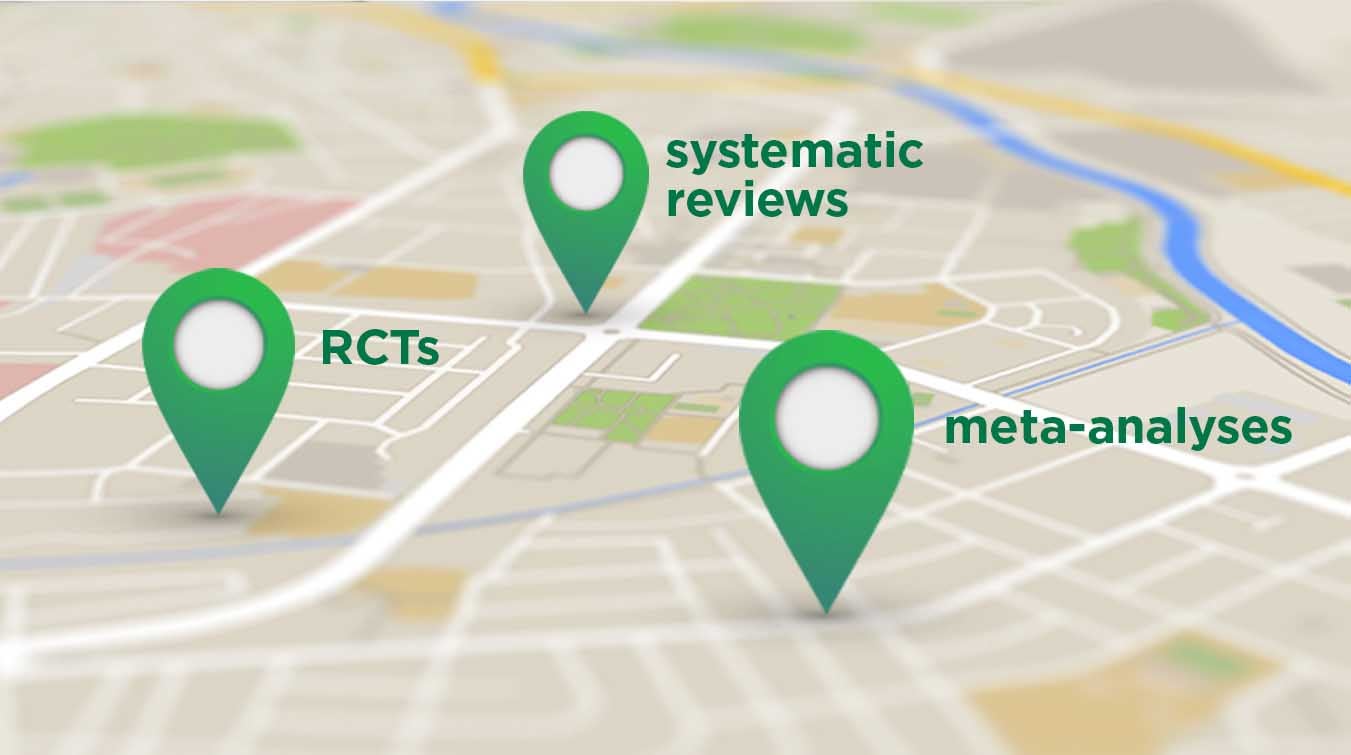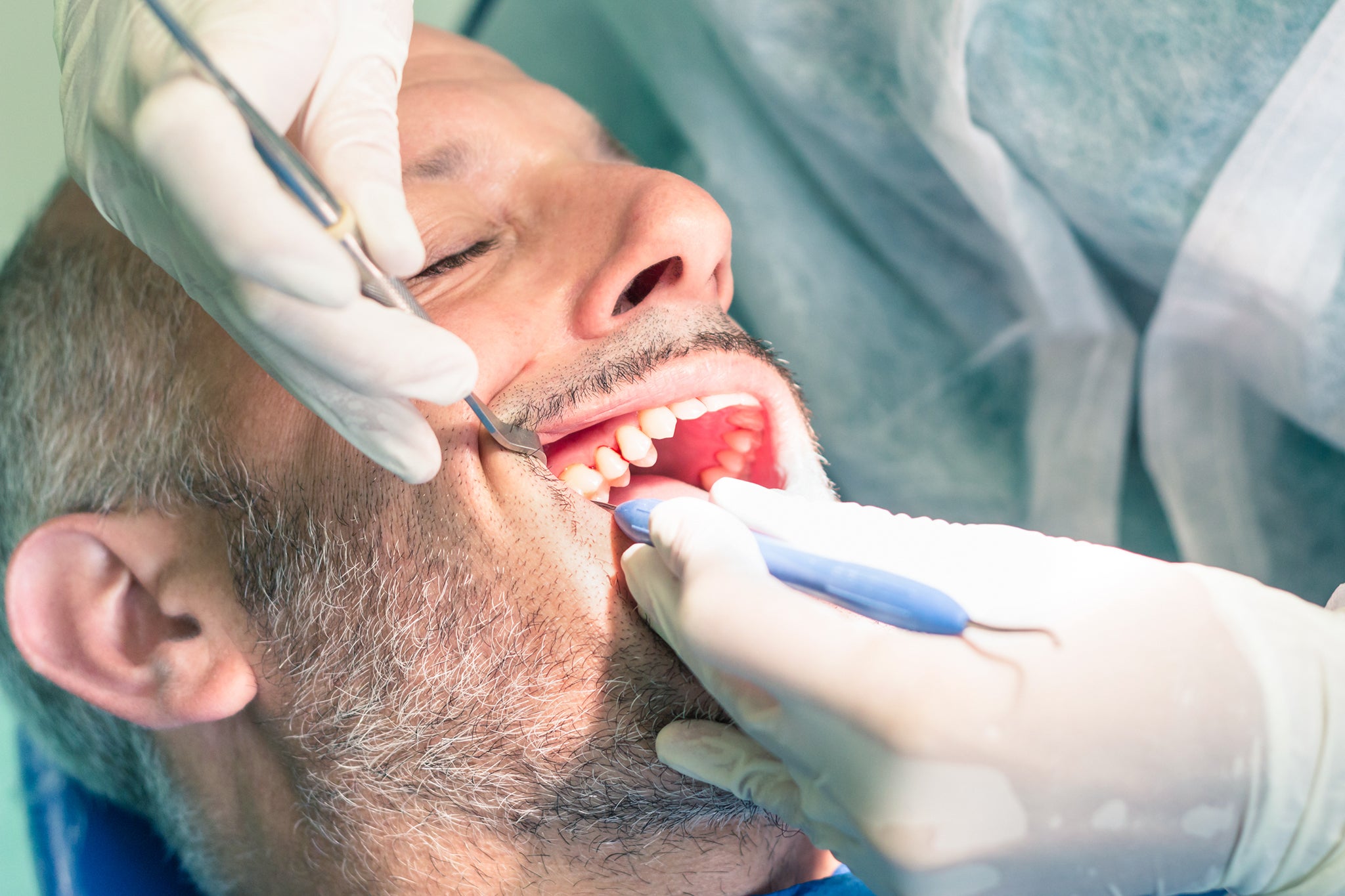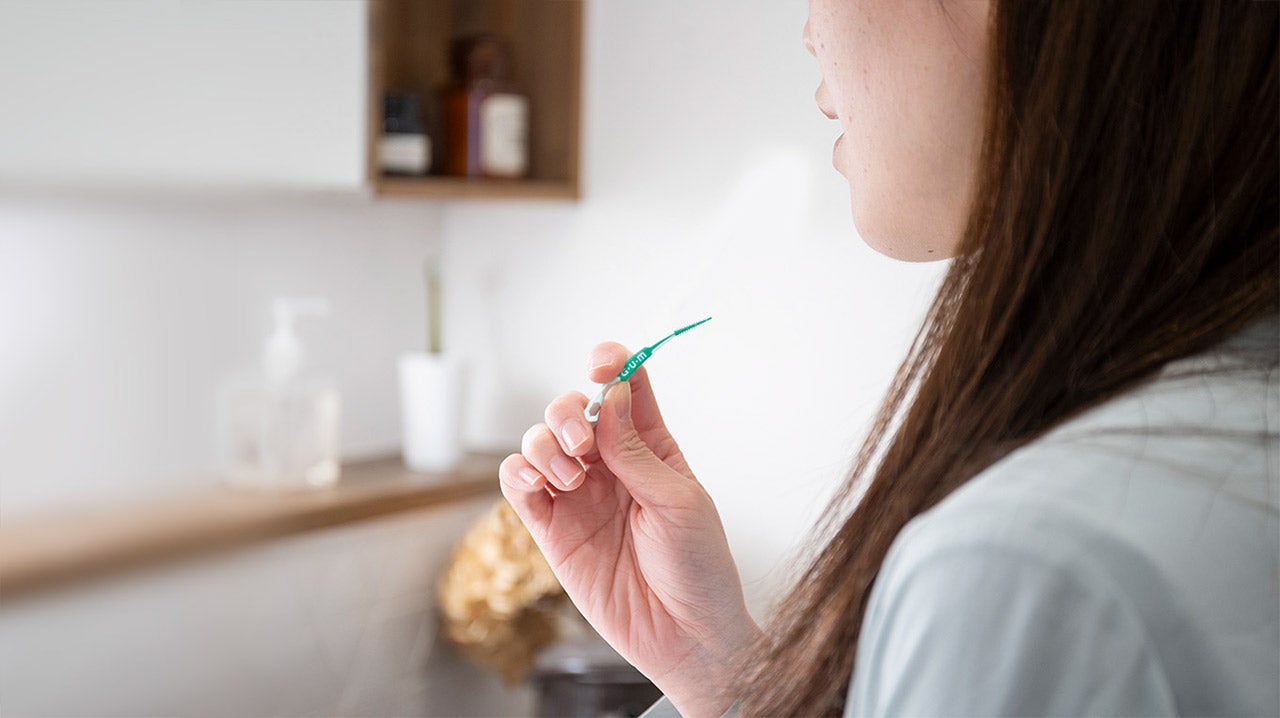
Why Communication Skills Are Essential for Dental Professionals
What does it take to be a great dentist? Obviously, you need encyclopedic knowledge of the mouth and other parts of the human anatomy and you need to be able to work with your hands. The health of your patients depends on these criteria and more. However, at the heart of great dentistry is a foundation of communication.

Why is good communication important in dentistry? A dentist’s communication skills are an important ingredient in a successful practice because they create trust. And trust is what makes patients keep coming back. If patients don’t feel a connection to their dentist — or worse, aren’t getting the information they feel they deserve — they could change practices or lose sight of their oral health altogether.
Success in dentistry — and in any healthcare field — takes a firm root in communication, and that doesn’t only mean relaying information. It means listening, empathizing, motivating, and taking the time to bridge any gaps in understanding.

Educate your patients
Dental processes and terms can be complex and confusing to patients. They don’t have the formal education or background that comes with six, seven or more years of schooling. It’s only natural that they’ll have questions about an upcoming procedure or a condition, and they’ll expect answers that translate between technician and layman.
A great dentist needs to ensure that every patient has a thorough understanding of all treatment options. Instead of handing patients a pamphlet or printout to read later, take the time to go over information with them in-person. Provide explanations or notes to reinforce the most important points and describe them in an easy-to-understand capacity. This interactive role encourages patients to ask questions and voice concerns, which builds trust and appreciation.
Since a dentist’s time is very valuable, you won’t always have direct contact with every patient on every visit. Make sure you, the staff and the dental hygienist are aligned in terms of patient communication. Patients notice when an entire staff communicates well and they appreciate having a cohesive team on their side.
Let your patient be heard
Every consultation with a patient needs to be a give-and-take process. For new and experienced dentists alike, it’s all too easy to get caught up in the technical aspects of dentistry. While it’s important to communicate with your patients and give them a complete rundown of a treatment plan or an oral health evaluation, be sure you’re actively listening to their questions and concerns.
Active listening is one of the most important communication skills for your dental practice. It isn’t simply hearing the words your clients are saying. The key to active listening involves paying attention to the complete message a person is trying to convey. When you practice active listening skills, you provide better answers to questions and, most important, you build lasting trust. Patients need to know they’re being heard.
Employ these active listening techniques in every interaction with your patients and make it clear you’re attentive to their questions and concerns.
Pay attention
Show each patient that you’re listening by giving them your undivided attention. Always make eye contact while they’re speaking. Try not to multitask when having a conversation. Stay in their field of view and show them you’re attentive while they talk.
A helpful tip for dentists is to make sure your patients are upright in your chair and not reclined when they’re speaking to you. This helps you make steady eye contact and puts patients on an equal plane where they feel comfortable speaking.
Use nonverbal cues
Body language shows patients how engaged you are in listening to their questions and concerns. To indicate attentiveness, employ these nonverbal cues as you’re listening:
- Posture. Show engagement by slightly leaning forward or sideways in your chair. Slanting your head or resting it on your hand are also signs of an attentive listener.
- Facial expression. Be mindful of your expression as you listen. Nodding and smiling or frowning does a lot to show patients that you’re registering their message.
- Mirroring. Mirroring the facial expressions and even the posture of your patients shows you’re listening attentively. Mirroring exhibits both sympathy and empathy.
Wait your turn
Always allow patients to complete their thoughts before you start to speak. Cutting them off mid-idea will make them feel invalidated and can come off as dismissive to their concerns. If you have clarifying questions, save them until the patient is done speaking. Once it’s your turn to talk, verbally summarize what your patient said and respond to the issue accordingly.
Practice motivational interviewing
Oral care is habitual and much of a dentist’s job is psychological: convincing patients to adopt new habits and embrace the importance of those habits. This can be a struggle, and effective communication goes a long way in affirming a commitment to these habits. This is where Motivational Interviewing (MI) can be effective.
Motivational Interviewing is a patient-centered counseling style for eliciting behavior change. It has been described as “a collaborative, person-centered form of guiding to elicit and strengthen motivation for change.” It’s rooted in encouragement and goal-setting, and helps patients take ownership of their oral care outside of checkups and cleanings.
Rather than telling a patient what to do, you can guide them toward making a positive decision and support them in achieving their goals. You collaborate with the patient to foster motivation for change while still respecting patient autonomy.
While MI has its roots in the field of addiction treatment, it’s been shown as an effective tool in a range of clinical trials, covering everything from diabetes to oral health. Taking 5-10 minutes to practice MI with patients can pay strong dividends. For example, it is suggested that, as an adjunct to periodontal therapy, MI could improve periodontal parameters and support self‐efficacy beliefs to establish good oral hygiene–related behavior, although it must be said that the evidence is rather limited.
This form of communication has four fundamental aspects:
- Partnership. Talk with patients in a way that shows them you’re invested in their oral health as an equal partner. This will help them hold up their end of the partnership.
- Acceptance. Don’t be judgmental. Seek to understand patient struggles and focus on accentuating the positives. Propose alternative solutions wherever possible.
- Compassion. Empathy and understanding encourage patients to trust you and to take stock of your advice with intent to use it, not just hear it.
- Evocation. Ask patients what’s important to them and what their goals are to give them purpose and ownership over their oral health.
This method of Motivational Interviewing puts patients in the driver’s seat of their own oral health efforts, with underlying support that shows them they’re not alone. Motivational Interviewing is instrumental in forming the bedrock of the patient-dentist bond.

Interact with patients in a compassionate manner
Remember, going to the dentist isn’t most people’s idea of a fun time. In fact, many people avoid going to the dentist altogether due to fear and anxiety. With that in mind, use a compassionate approach in every interaction with your patients. Simple gestures like explaining the tools you’re using or periodically asking about their comfort show that you care about them beyond the work you’re doing in their mouth.
Compassionate care also extends to concern for patient wellbeing. Dental issues don’t just affect the mouth. They impact many aspects of a person’s life. Good communication eases feelings of stress and anxiety that a patient is feeling as they learn to connect oral care to holistic health. A combination of education and compassionate guidance can establish a strong bond of trust between you and your patients — one that transcends routine cleanings and checkups.
One way to practice compassion is to focus on building deeper rapport and relationships. Many find it useful to engage with patients beyond dentistry, asking personal (but not too personal) questions about hobbies, family, and the like. Acknowledging life outside the dentist’s chair is a great way to put patients at ease and show them you’re invested in them. Find common ground to connect on and get to know patients as people, to both communicate better and foster trust.
Gain patient trust by communicating effectively
Excellent communication skills are crucial for success in any profession, and dentistry is no exception. While technical knowledge and skill are a huge part of the day-to-day job of a dentist, transferring that experience to each patient needs to be done in an empathetic way. It’s the only way to gain a patient’s trust.
When you make a commitment to improve the oral health of patients, remember that communication is key to achieving great results.
SUNSTAR GUM® is committed to providing you with the right tools for the job, both tangible and intangible, so you can focus on connecting with patients in meaningful ways.



















